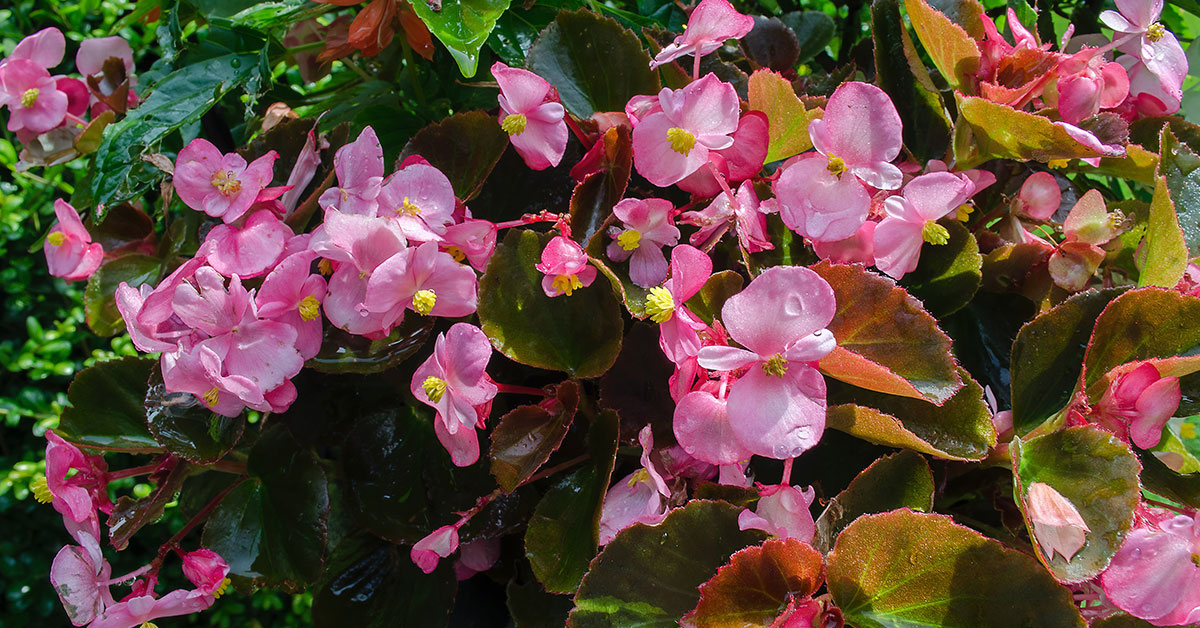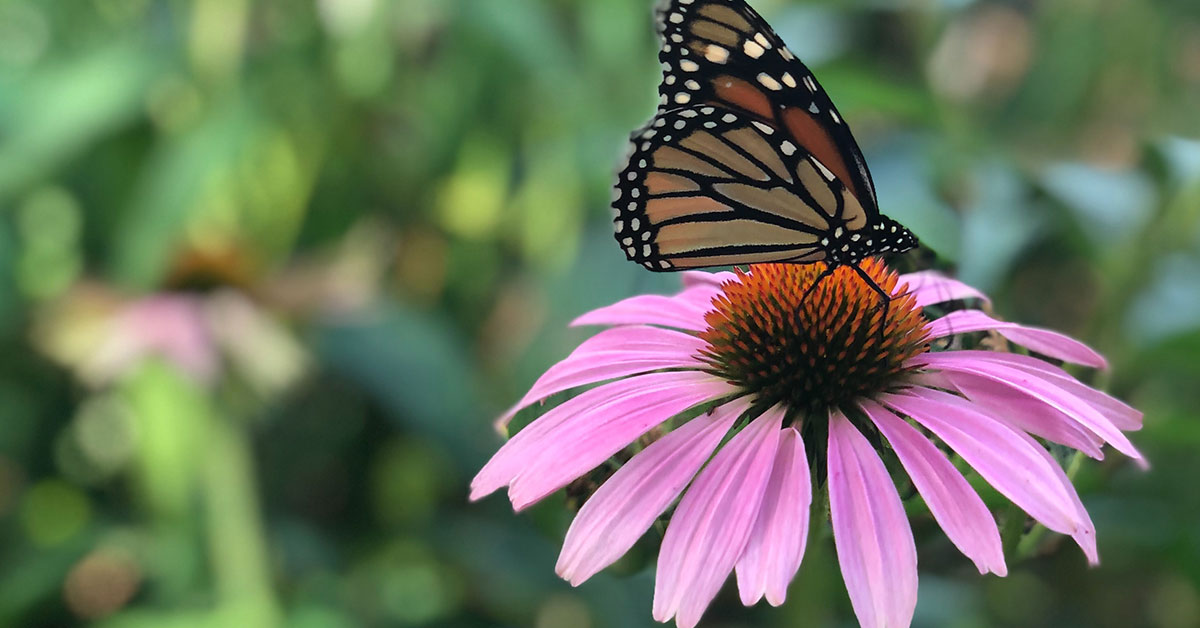Indoors or out, Begonia is one of the most widely grown plants. Depending on the kind of begonia, these attractive plants are cultivated for both their leaf shapes and their blooms. While the wax begonia is still the most common bedding plant in several parts of the world, serious plant enthusiasts still go to considerable lengths to locate stunning foliage begonias.
What are Begonias?
Begonias are typically grown as indoor plants and in shady summer gardens. They are native to tropical and subtropical regions. Begonia plants, despite being normally on the smaller side, are incredibly colorful and interesting. The American Begonia Society estimates that there are roughly 1,500 species and a large number of hybrids in the Begonia genus of plants. From a cultivation perspective, begonias have all the necessary components for effective hybridization: they readily cross, the genus exhibits great variety, and its members range from hardy landscape plants to delicate examples.
Here are some brief facts about the popular aesthetic plant:
- Latin name: Begonia
- Other names: Begonia
- Native to: Central and South America, Asia, and Africa
- Invasiveness: No
- Tenderness: Herbaceous Perennial
- Sun: Full sun to partial shade
- Water: Keep soil moist
- Soil: well-drained soil
- Hardiness zone: 9-11
- When to plant: Spring
- Spacing: 1 foot
- Plant height: 8 inches and 2 feet
- Bloom period: Spring-Fall
- Time to maturity: 6 months
- Container friendly: Yes
- Fertilizer: 10-10-10
- Toxicity: Toxic to both people and animals
- Drought tolerant: Yes
- Deer resistant: Yes
- Pest resistant: No
How to grow Begonia
Begonias can be started in a variety of methods. You can start Begonias from seeds, propagate from cuttings, or purchased as starter plants at the local garden center. Due to the tiny size of the seeds and the lengthy germination process, seed beginning is the most difficult of the three. Leaf cuttings readily take root, but you must start with something. Gardeners frequently begin with young plants. Both annual and perennial begonia varieties should be sown in partial shade and in wet, well-draining soil that is rich in organic matter. While they require intense light for flowering, too much direct sunshine could cause the leaves to sear. Ideally, pick a location with morning light and afternoon shade, or dappled light under a clear canopy of trees.
The wax begonias with bronze leaves can withstand the sun the best, while those with green leaves require more shade. Begonias do not consume a lot of food. When planting, use a slow-release fertilizer or granular organic fertilizer to meet all of their requirements for the whole growing season. Fertilize perennial hardy begonias every year in the late spring.
All types of begonias thrive best with regular soil moisture, even though wax begonias and some others can endure dry circumstances. The secret is to plant in top-notch soil. Compost can be used to plant beds to increase the organic content and create a perfect moisture balance. Apply 2 to 3 inches of organic mulch to prevent temperature extremes and preserve moisture. For container plants, glazed ceramics or plastic containers are preferable to unglazed terra cotta because they better hold moisture. Enough water should be poured to prevent the ground from drying out.
Growing Begonia in containers
The easiest strategy to guarantee the longevity of any begonia houseplant is to choose an indoor location that meets its lighting needs.
Plants with rhizomatous and fibrous roots, like Rex begonias, are frequently grown indoors. Tuberous begonias can be grown inside, but because of their requirements for light and humidity, they are more difficult to maintain.
Begonias prefer a lot of humidity and bright, indirect light, just like other indoor plants. Set the begonia plants on a shallow dish with water and stones. However, maintain the water level just below the pebbles to avoid water from seeping into the container through capillary action.
When to start Begonias seeds
Because the majority of begonias created now are hybrids, they cannot be grown from seeds. Fortunately, they easily multiply from leaf cuttings or rhizome division, making it simple to quickly expand your collection of begonias. 2 weeks before the latest date of frost, start seedlings indoors.
When to plant Begonias
Early spring is the best time to plant Begonias.
How to collect Begonia seeds
Once the begonia flowers shrink and dry, search for seedpods. Harvest the seedpods by cutting them off the plant when they start to look dry. But do it before they become completely dry and crack apart, releasing seeds.
Wildlife attracted by Begonias
From May through October, reddish-orange blooms on crimson stems are in bloom. Even in our humidity, this hummingbird and butterfly magnet flourishes in bright sunlight to partial shade. Deadheading is not necessary. For hanging baskets, window boxes, and pots, this begonia makes the ideal trailing annual.
Common problems
By providing your begonias with the proper growing circumstances, you may prevent plant stress, which causes disease and pest issues. Disease issues are encouraged by excessive moisture from regular overhead irrigation. Only water outside flowerbeds when the soil starts to dry out in the morning when the leaves are from dew. To avoid soaking the foliage, utilize drip watering instead. Since excess fertilizer results in fragile plant tissue, that attracts insect pests, avoid overfertilizing as well.
What does a Begonia look like
They are prized for their glossy, green leaves and profusion of vibrant, spring through autumn-blooming flowers. Rieger was originally a hybrid of wax and tuberous begonia. The variety, though, has now developed into a distinct category.













